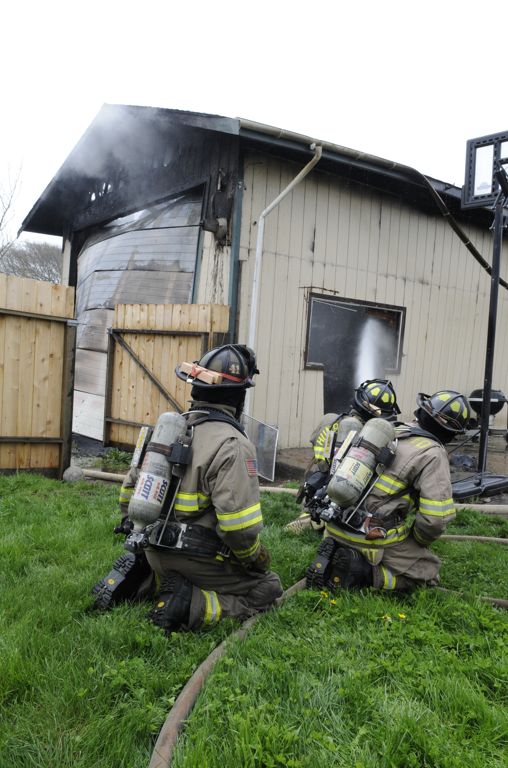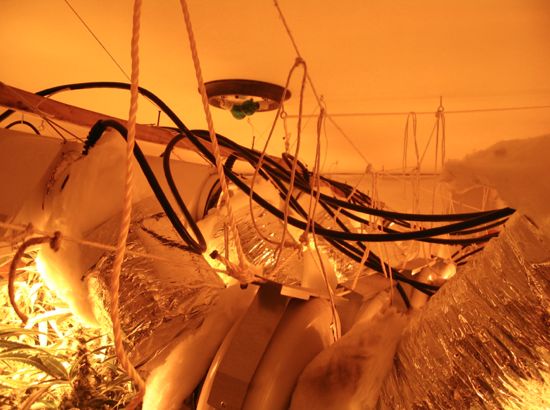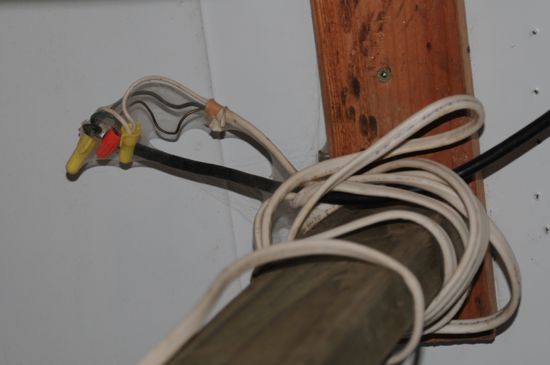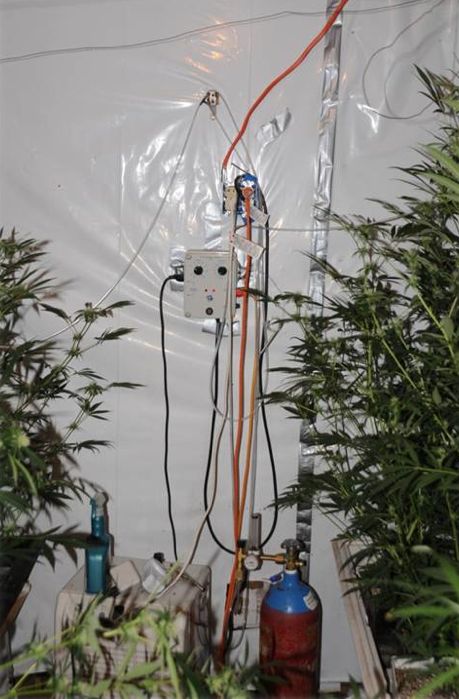[Ed. note: In addition to at one point being my College of the Redwoods math professor, Emily Hobelmann knows a lot about pot. She’s going to start writing about it on LoCO starting … now. -A. Goff]
 There is plenty of real-life fodder to draw on when indulging in fantastic daydreams about the marijuana-laden wilds of Humboldt — grenade-wielding growers, cartels, exploited travelers, piles of rodenticide surrounding ginormous cannabis trees…
There is plenty of real-life fodder to draw on when indulging in fantastic daydreams about the marijuana-laden wilds of Humboldt — grenade-wielding growers, cartels, exploited travelers, piles of rodenticide surrounding ginormous cannabis trees…
For example, consider this quote from a May 29 HealthyCal.org article entitled “Young women in pot industry face exploitation” that was featured right here on Lost Coast Outpost:
“Last year, a state forest fire crew found a disoriented 23-year-old Southern California woman dubbed “Karen” wandering a back road in nothing but a sarong.”
Great. And it gets better.
A representative of the Women’s Crisis Shelter in Southern Humboldt took the woman to the emergency room, “where they determined the traumatized woman had been slipped a date-rape drug and raped. She had been cooking, cleaning and gardening on a pot farm for three months and wasn’t allowed to go into town.”
Oh yes, of course — another exploited and abused marijuana slave.
While the subjects of domestic violence and slavery with respect to marijuana farming are deep topics in and of themselves, I have another motive for citing this quote here.
The quote makes me wonder — with it being fire season and all — what else do fire crews find out in the wilds of Humboldt? Do rural crews do any special preparation or training for fighting fires that start at or spread into marijuana grows, especially with respect to a potentially bizarre or dangerous human element, like the one described above?
The California Department of Forestry and Fire Protection (CAL FIRE) takes the lead on big fires on privately-owned wildlands, but let’s start with the locals. If anyone has interesting stories about or does special training for getting burning fields of weed under control, it’s got to be the locals.
Doug Bryan, public information team member for the Southern Humboldt Fire Chiefs Association, which is comprised of fire departments and companies from Whitethorn to Redcrest, advises me in an email that “particulates and volatile organic compounds released during every type of fire from the combustion of all natural and all man-made products negatively impacts the ability for our lungs to function in a normal manner and has the potential to impact other systems in our bodies.”
Bryan says plainly that “throughout the United States, emergency responders plan and train to identify and be prepared for all types of dangers and threats (i.e., other humans, wildlife, explosive or hazardous materials) to our safety when we respond to any medical, fire or rescue call for assistance.”
He did not, however, state whether departments from his association use specific tactics or approaches to fighting fires that involve marijuana grows (nor did he say whether or not it’s even a significant issue). He kept his response plain, clean and marijuana-free while acknowledging that “human activity is a leading cause for fire starts in our area.”
 Yeah — human activity as in growing weed!
Yeah — human activity as in growing weed!
Indeed, the Humboldt County Fire Safe Council’s Community Wildfire Protection Plan warns about the increased risk of both structure fires and wildland fires in conjunction with marijuana cultivation in numerous places. The plan points out that shoddy indoor grows in rural Humboldt increase the risk for wildfire. The increased population, housing accommodations and activities associated with outdoor trim season increase risk too. This is kind of a “duh.”
Turns out, lightning starts fires too.
In contrast to Bryan (who, it should be noted again, spoke for a broad conglomerate of departments), Chief George Monroe of the Myers Flat Fire Protection District, gets right to the point about whether his department does special training for marijuana-related fires: “No, we have no special protocol for marijuana-related fires… All smoke is toxic so we protect ourselves from breathing all noxious fumes.”
The good news — our folks in the boonies are ready for anything, whether or not pot is involved, and the bottom line is that hazards are hazards. Smoke is toxic, whether its from burning marijuana plants and plastics, or from green building materials. Pressurized cylinders are explosive, whether or not they are being used in conjunction with growing pot. Entanglement and electrocution hazards exist at every structure fire. Fires that start at hash labs are bad news whether they are located in rural Humboldt or within McKinleyville city limits.
(Thanks to Battalion Chief Chris Jelinek of Humboldt Bay Fire (greater Eureka area) for schooling me on hazards that are prevalent at marijuana growing and processing facilities. He points to four biggies: electrocution hazards, entanglement hazards (think ballasts, cords, ventilation tubing, irrigation lines), pressurized cylinders (carbon dioxide, butane — dabs, anyone?, propane) and structural or heating ventilation system modifications.
Now, Jelinek is city folk, but keep in mind, marijuana growing and processing facilities exist all over the place, from residential Eureka, to rurally isolated regions of Humboldt County and even far beyond.)



As for crazy stories from the rural firefighters, I didn’t get too far with that angle, and not for lack of trying. Of the thirteen local volunteer departments I reached out to, a handful of people were available and kind enough to chat with me about my quest, but Monroe and Bryan were the only ones that went on record in response to my questions. Bryan, as mentioned, kept his response marijuana-free, and Monroe says that his “experience and perspective concerning marijuana is limited.”
All of the conversations I had with volunteer folks — on and off the record — left me with the impression that most everyone’s experiences and perspectives concerning marijuana are limited. No whacky stories about pot people to go on record with? Fair enough, but I must offer a spot of speculation here — maybe rural pot growers deal with putting out their own small fires themselves, after all, they have a vested interest in preserving their crops. If a fire at a marijuana grow gets big or if it spreads to surrounding vegetation, it goes to CAL FIRE anyway.
Back to CAL FIRE! Fred Flores is the deputy chief of operations for the Humboldt-Del Norte unit of CAL FIRE. As for prepping for fires that spread into marijuana grows, Flores is on the same page as the local guys — the hazards of fighting fires at or near marijuana grows pose the same dangers as fighting fire at any other place. CAL FIRE crews prep for all conceivable hazards and they learn how to fight fire from a safe place.
Flores acknowledges that some pot growers employ questionable practices that unnecessarily increase risk to his crews. (Not cool.) He points to a most controversial example of late: “Some of the folks that are not so nice about it, use chemical fences out in the wilderness — poisons used to kill off the deer.” Granted, unfriendly folks that are growing tomatoes in the wilderness (not just pot growers) might use poisons too. Either way…
As for dealing with growers themselves (Wacky stories, any one?!), Flores says that “volunteer firefighters that are from the communities themselves do a lot of work for us ahead of time by letting them know our only focus is putting a fire out.” CAL FIRE’s priority is protecting their firefighters. The crews are not trying to deal with defensive land owners or negative people of any kind — growers or otherwise. They rely on locals to interface with people in the hills.
If a CAL FIRE crew does in fact stumble upon an obviously illegal growing operation, Flores says that they stay out of it.
“We don’t want to have those folks start thinking that we’re snitches or any thing like that. Usually, the law enforcement folks are out and about any way.”
He adds, “most of the time when there’s a fire like that that gets out of control, it seems like the folks, if there in a total illegal operation, they usually scatter and leave the area.”
Firefighters are concerned with putting out those fires and with our safety (not to mention their own).
Gossiping on the record with a marijuana reporter that wants to hear fantastic stories about crazy growers in the hills maybe isn’t at the top of their list of priorities (understandably) — but still, I bet some of these local guys have crazy stories for days. C’mon — this is Humboldt, after all!
(On the Pot logo by D&C Marketing.)
CLICK TO MANAGE